
DRAVYAGUNAKOSAH: Dictionary of Ayurvedic terms relating to names, synonyms properties and actions of Medical Plants (Sanskrit-Hindi-English)
Book Specification
| Item Code: | IDF992 |
| Author: | Priaya Vrat Sharma |
| Publisher: | CHAUKHAMBHA ORIENTALIA, Delhi |
| Language: | English |
| Edition: | 2012 |
| Pages: | 337 |
| Cover: | Hardcover |
| Other Details | 10.0" X 7.3" |
| Weight | 710 gm |
Book Description

From the Jacket
Medicinal plants have been matter of interest from time immemorial. Osadhi-sukta of the Rgveda is perhaps the earliest document of the knowledge about medicinal plants which culminated in Samhitas and Nighantus of Ayurveda. During this long period a large number of terms developed relating to names, synonyms, properties, actions and uses of medicinal plants which are found in Ayurvedic literature. They reflect the knowledge of the Ayurvedists about this miraculous green drapery of Nature, who identified each and every plant with specific names, described them by way of synonyms, defied their properties and actions and discovered their uses in various conditions of health and disease. Consequent to this continuous process extending for millenniums a sizeable number of terms accumulated which required a dictionary to interpret them correctly. Due to several Nighantus coming to light in recent years another fresh material was added to this wealth.
The present dictionary is a humble attempt to present the achievements of Ayurveda in the field of medicinal plants with interpretations so that scholars all over the world may share this ancient wisdom for the benefit of the living beings for the well being of which Ayurveda was evolved by the great seers.
About the Author
P.V. Sharma is well known for his valuable contributions in the field of Ayurveda. For the last five decades he has been writing on various aspects of Ayurveda-literary as well as scientific, conceptual as well as historical.
Born on 1st November 1920 in a small village Mustafapur near Patna in the family of traditional Vaidyas he obtained highest degrees in Ayurveda and Sanskrit from the Banaras Hindu University and held highest academic and administrative positions in B.H.U. and Bihar Govt. He retired in 1980 after having served his alma mater as Professor and Head, Department of Dravyaguna; Director, Postgraduate Institute of Indian Medicine and Dean, Faculty of Indian Medicine.
Prof. Sharma ha been participating in international conferences abroad and has been associated with several committees on Ayurveda on national level. He has authored 45 books and has about 450 published papers to his credit.
Preface
Drugs are the essential tool of the physician for preservation of health and management of disorders. These fall in three categories - vegetable, mineral and animal products out of which plants dominate the field. Since earliest times compilation of terms relating to medicinal plants has been taken up. One may find such attempt -in the Vedic nighantus where terms have been compiled at one place so that their meanings become clear. They are called nighantu as they expose the hidden meanings of the terms and make them intelligible (Durgacarya on Nirukta 1.1.1). In Nirukta we find etymological derivation of several such terms.
This nighantu was followed by other nighantus in Ayurveda having synonyms of plant names, other drugs and diseases etc. Later on properties and actions were also added and thus another category of nighantus was developed. Astanganighantu, Paryayaratnamala, sabdacandrika, Hrdayadipaka etc. come in the former category while Dhanvantarinighantu, Sodhalanighantu (Gunasangraha), Madhavadravyaguna, Kaiyadevanighantu, Madanapalanighantu, Bhavaprakasanighantu, Rajanighantu etc. belong to the latter one. In this evolutionary process, Dhanvantarinighantu stands on the border which contains properties and uses of drugs while its precursor, Dravyavali, describes items only by way of synonyms.
Kosas like Amarakosa, Medinikosa, Abhidhanacintamani etc. have also given synonyms of plants and other drugs like synonymous nighantus on which they were probably based. Ksirasvami says that the vanausadhivarga of the Amarakosa is based on the Dhanvantarinighantu and has tried to establish it on arguments.
Kosas on Ayurveda were published in modern era among which Vaidyakasabdasindhu by Umesacandra Gupta (1914) and Ayurvediya Sabdakosa edited by Venimadhava Shastri Joshi and Narayanahari Joshi (Bombay, 1968) are popularly known and used. They also contain plants and drugs as they form important part of Ayurveda.
Nevertheless, the need of preparing a separate kosa on plants and drugs was felt since long and as such some attempts were made from time to time.
Vaidyakasabdakosa by Visvesvaradayalu Vaidyaraja of Baralokapur (Etawah) appeared in 1925 followed by Rupanighantukosa of Rupalal Vaisya, an ardent lover of medicinal plants (1934, a part only) and Saligramausadhasabdasagara of Saligrama Vaisya, the well known author of Saligramanighantu (1956).
Still the task of having fullfledged kosa on Dravyaguna (Drugs, their properties and actions) remained unfullfilled. To make a humble attempt in this direction the present work was planned. It contains terms relating to medicinal plants, their properties and actions with exact references of the source text. They are selected from all possible sources and arranged in two sections one on Dravya and the other on Guna (including karma). Their names in Sanskrit, Hindi and other regional languages, as well as botanical names are given so as to make their identification clear. Commentator's view is also mentioned wherever necessary. Etymological derivations of the words add to the process of elucidation. Commentators like Dalhana and Cakrapani have coined many terms for medicinal plants. These are included here for the first time. Thus though the kosa is primarily in Sanskrit it contains the necessary informations so as to make the items intelligible to readers. In fact, kosas are required on every speciality of Ayurveda and the present kosa may serve as .guide to other such ventures.
My son, Dr. Manu Vrat Sharma B.A.M.S., Medical Officer in U.P. Govt., has assisted in preparing the cards and in many other ways entailing hard labour for which I shower blessings on him. I am also thankful to Chaukhambha Orientalia who accepted the work for publication- and completed it with zeal and enthusiasm.

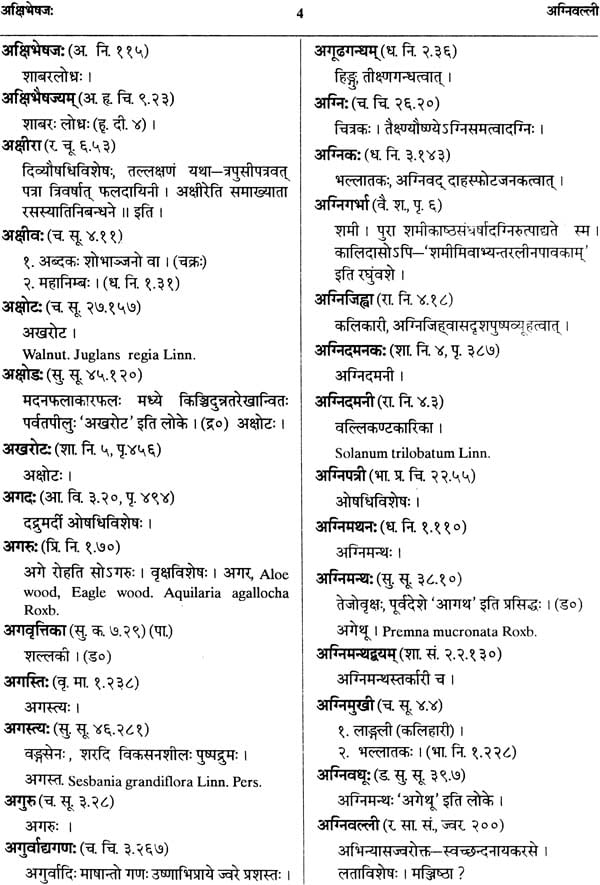
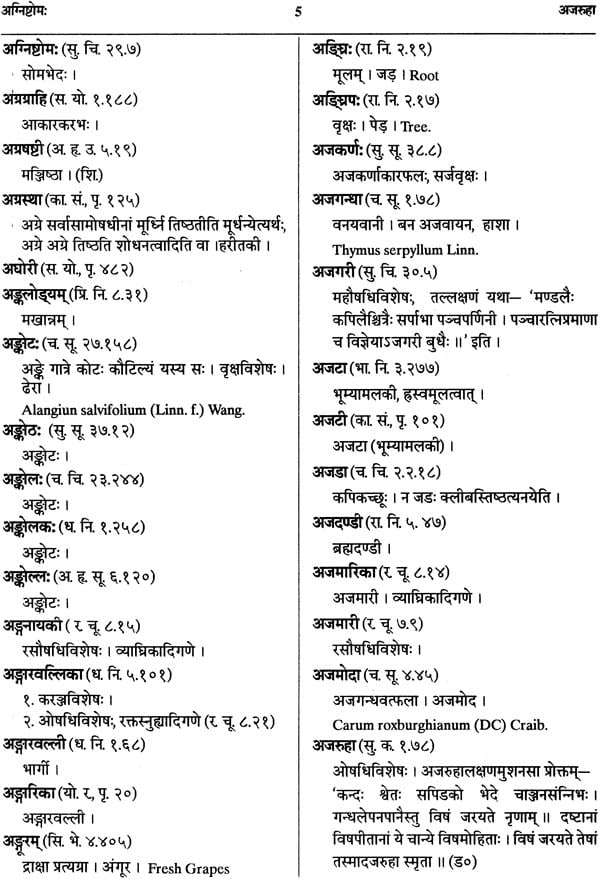
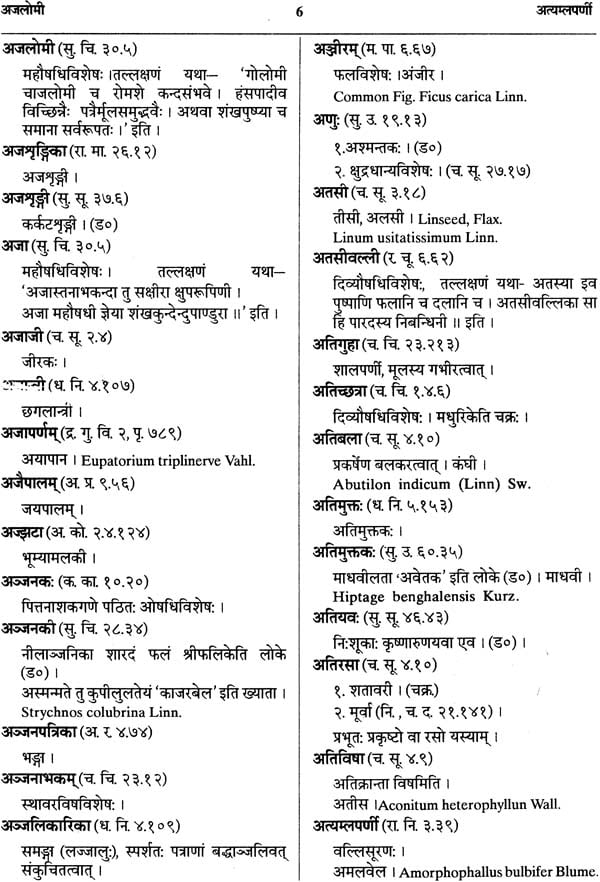
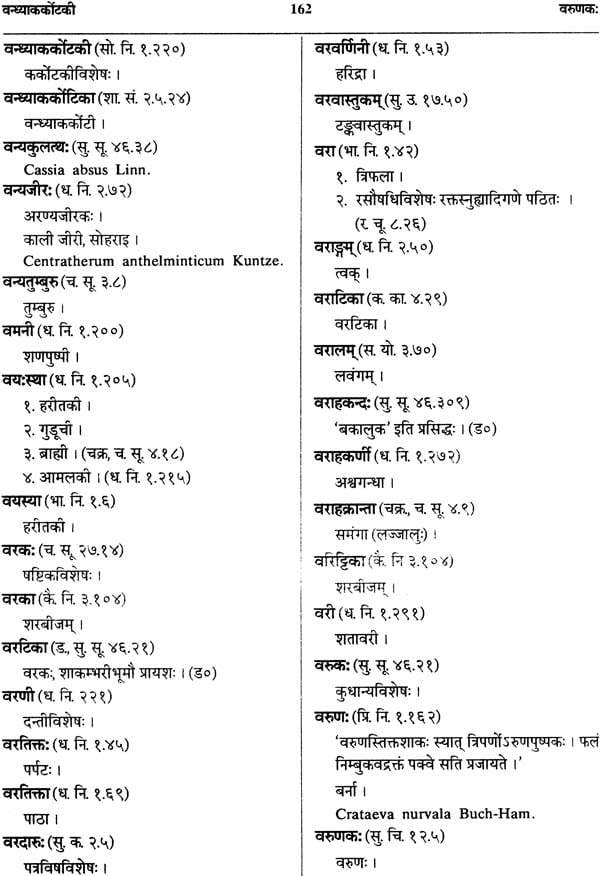

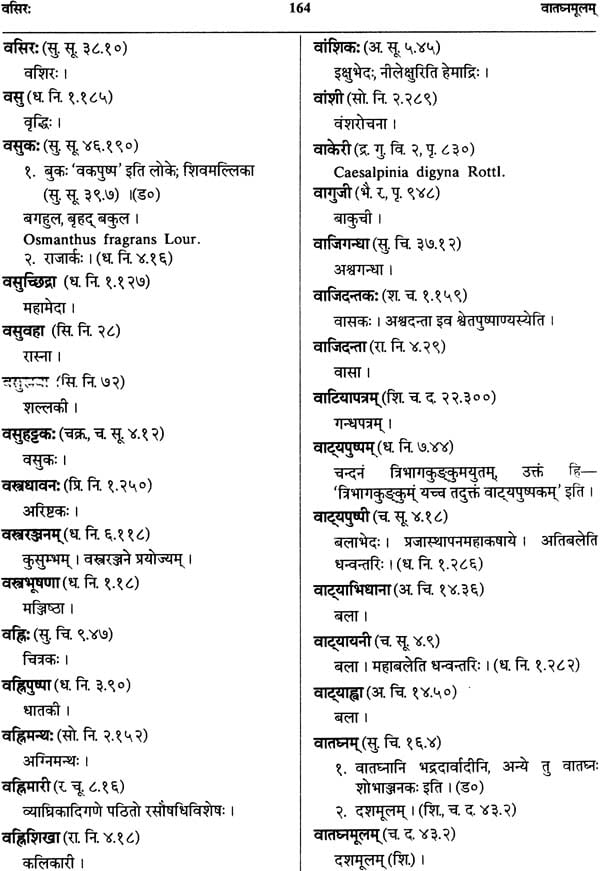
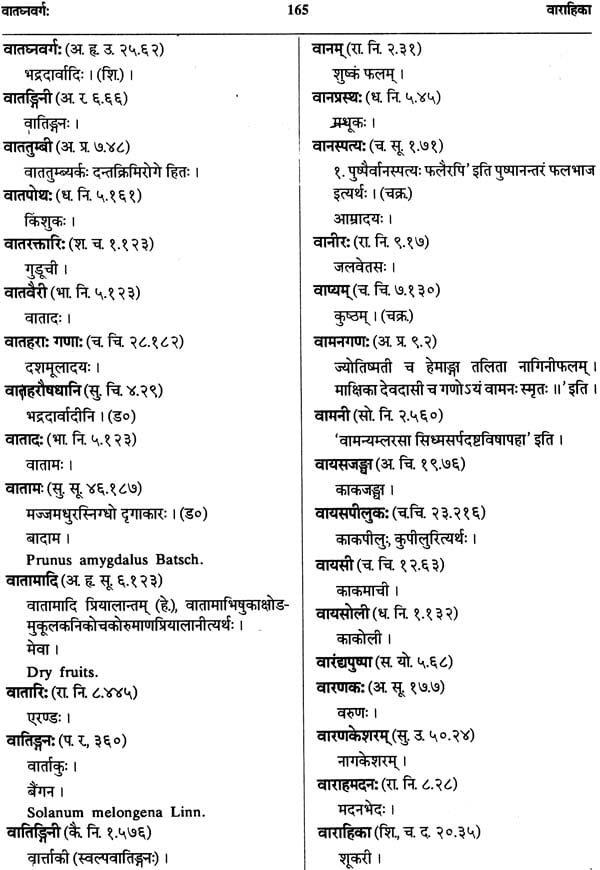

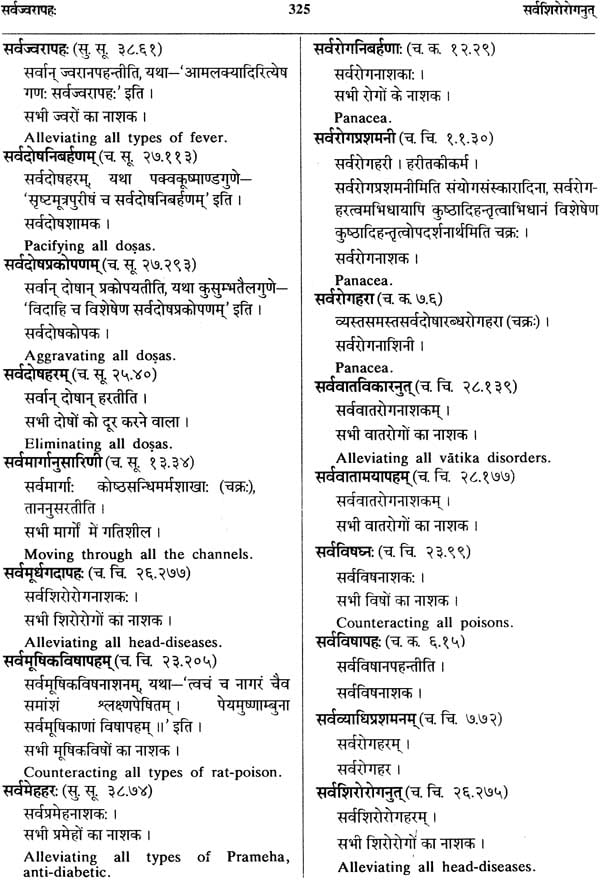
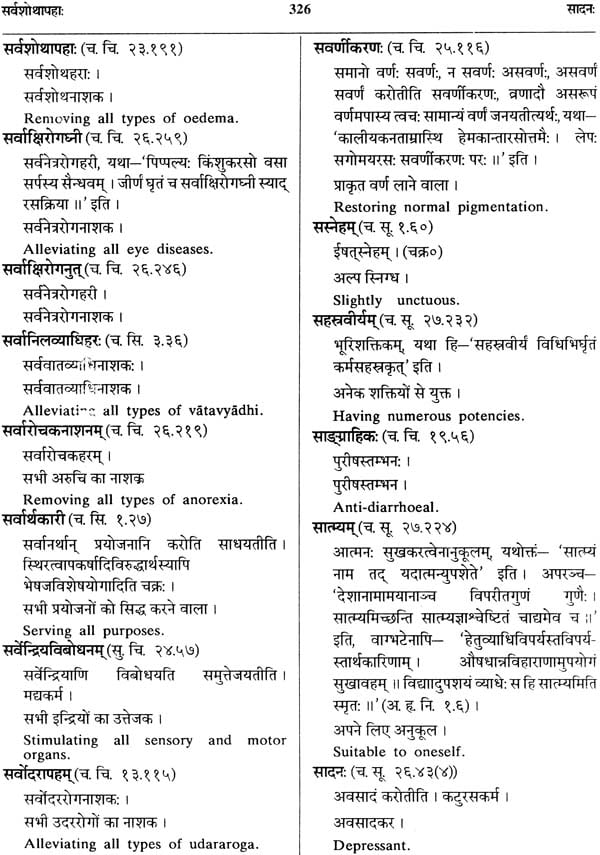
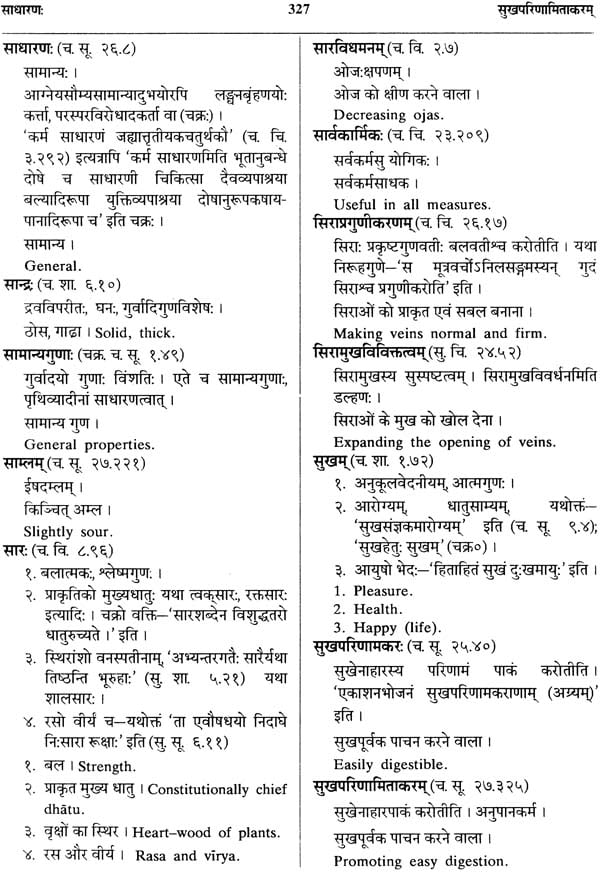
 to all international destinations within 3 to 5 days, fully insured.
to all international destinations within 3 to 5 days, fully insured.




